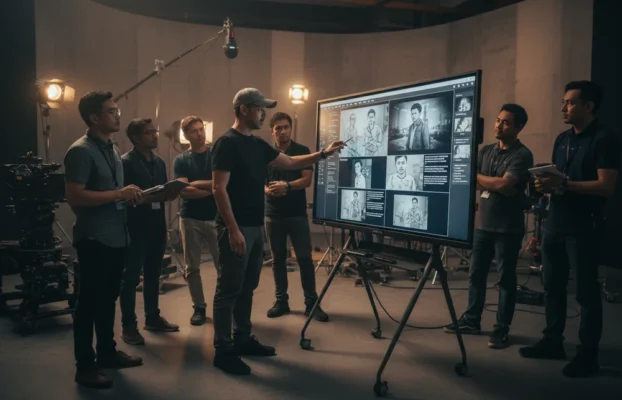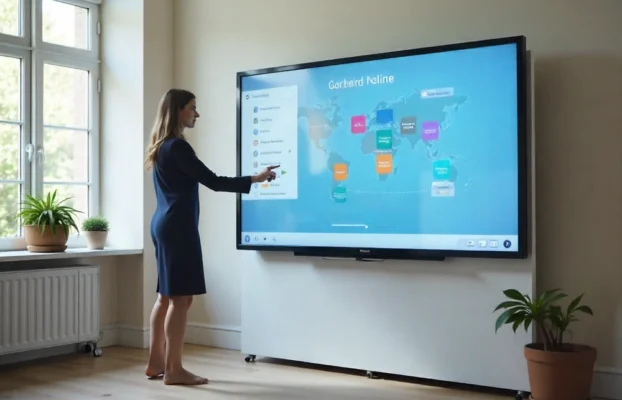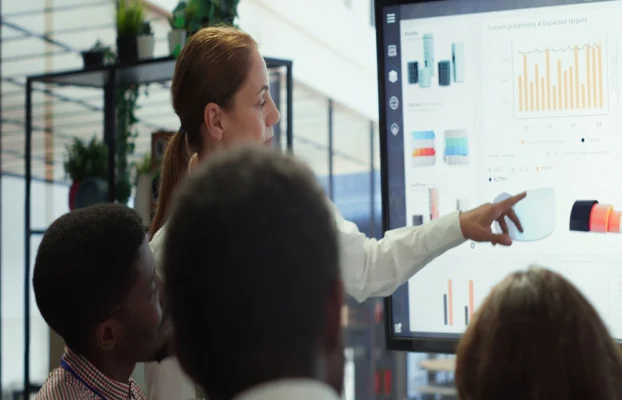In the realm of interactive technology, the evolution of touchscreens has been nothing short of revolutionary, transforming how we interact with devices in our daily lives. Among the various touchscreen technologies, Infrared (IR) touch and Projected Capacitive (PCAP) touch, particularly with nano silver, stand out as two predominant methods, each offering unique benefits and drawbacks. In this blog post, we delve into the intricacies of these technologies, with a special focus on why PCAP touch technology, especially when infused with the finesse of nano silver, is revolutionizing the smartboard industry.
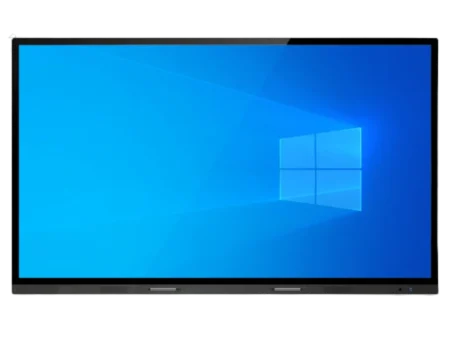
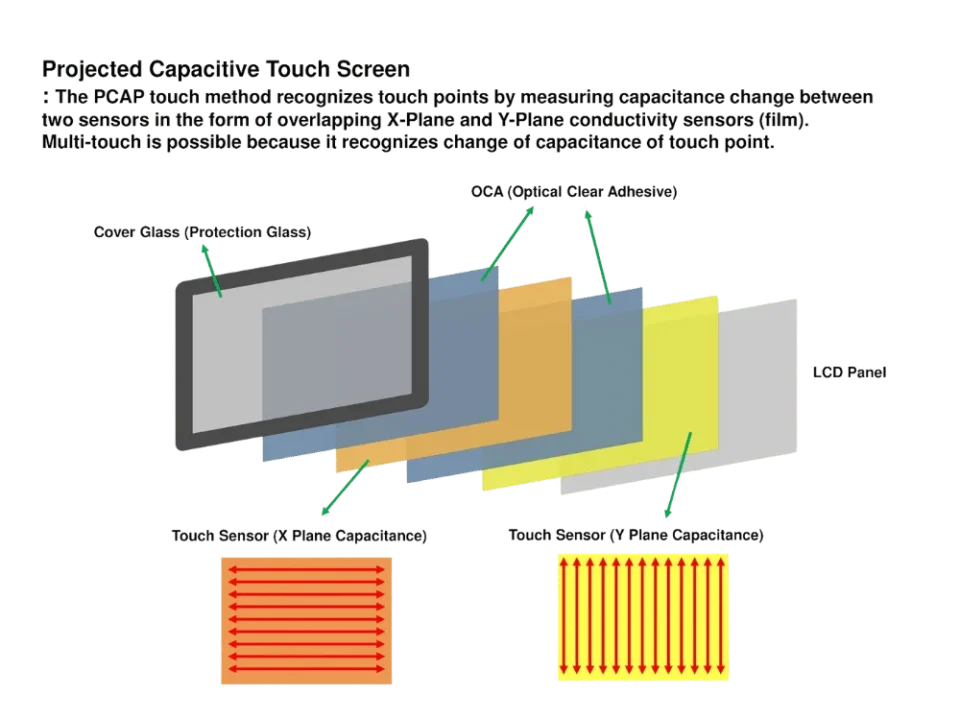
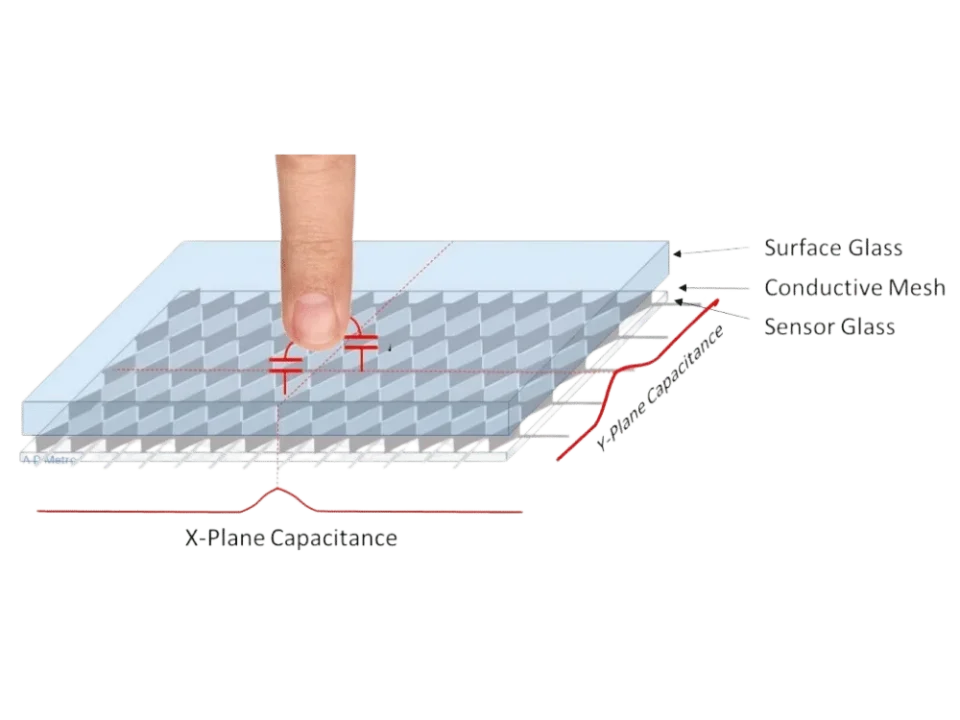

Understanding IR Touch Technology
Infrared touch technology operates on a straightforward yet ingenious principle. By embedding infrared light emitters and receivers around the edges of a display, a grid of IR light beams is established. When a finger or any object interrupts these beams, the system can pinpoint the location of this disturbance. This technology has been a stalwart in various applications, from ATMs to kiosks, primarily due to its high durability and ability to detect touch from any object. However, it’s not without its limitations. The susceptibility to obstructions like dust and liquids, and the less effective performance in larger displays, are notable drawbacks.The Emergence of PCAP Technology
Projected Capacitive (PCAP) touch technology marks a significant advancement in the touch screen arena. In particular, the use of nano silver in creating the conductive grid embedded in a glass or film overlay on the display has been a game-changer. This innovation not only ensures a highly sensitive and accurate touch response but also brings in an element of robust durability, thanks to the protective glass layer. Furthermore, the optical clarity and the slim, lightweight profile afforded by the nano silver lines have made this technology a preferred choice in high-end consumer electronics.
Why PCAP (Nano Silver) Stands Out for Interactive Smartboards
When it comes to interactive smartboards, the choice of touch technology can significantly impact the user experience. Here’s where PCAP (Nano Silver) truly shines:Unmatched Multi-Touch Capability
In an educational or corporate setting, interactive smartboards often need to support multi-user interaction. PCAP technology’s ability to accurately register multiple touch points simultaneously makes it ideal for collaborative environments. This feature is pivotal in enhancing group activities, brainstorming sessions, and interactive learning.Precision and Responsiveness
The cornerstone of an effective interactive smartboard is its ability to mimic the natural writing or drawing experience. PCAP technology, with its high precision and responsiveness, offers a smooth, lag-free interaction. Whether it’s for drawing intricate diagrams or writing notes, the level of accuracy is unparalleled.Durability and Longevity
Interactive smartboards malaysia are significant investments, especially in educational and corporate settings. The nano silver in PCAP technology not only adds to the sensitivity but also contributes to the overall durability of the screen. It is resistant to scratches and can withstand regular cleaning, ensuring that the smartboards remain functional and aesthetically pleasing over a long period.Superior Visual Quality
In a learning or presentation environment, the clarity of the display is non-negotiable. PCAP screens provide excellent visual quality, with high brightness and clarity, making them suitable for displaying detailed content and vibrant multimedia, which is crucial in maintaining engagement in a classroom or meeting room.Sleek and Modern Design
The thin and lightweight nature of the nano silver lines allows for sleeker, more modern designs of smartboards. This aspect is increasingly important as educational institutions and businesses seek to integrate technology seamlessly into their environments.Comparing PCAP and IR Touch Technologies
While IR touch technology offers robustness and cost-effectiveness, especially for larger displays and outdoor applications, PCAP stands out in scenarios where precision, multi-touch capability, and aesthetics are paramount. The cost factor, which used to be a significant deterrent for PCAP adoption, is becoming less of an issue with technological advancements and increased production scales.The Future of Interactive Smartboards
The future of interactive smartboards is intrinsically tied to advancements in touch technology. As we move forward, the integration of features like gesture recognition, improved haptic feedback, and even integration with augmented and virtual reality could further enhance the interactive experience. The ongoing refinement of PCAP technology, especially with materials like nano silver, suggests that we are only scratching the surface of what’s possible in creating immersive and collaborative interactive environments.



